
Fossils Indirect Evidence of Past Events

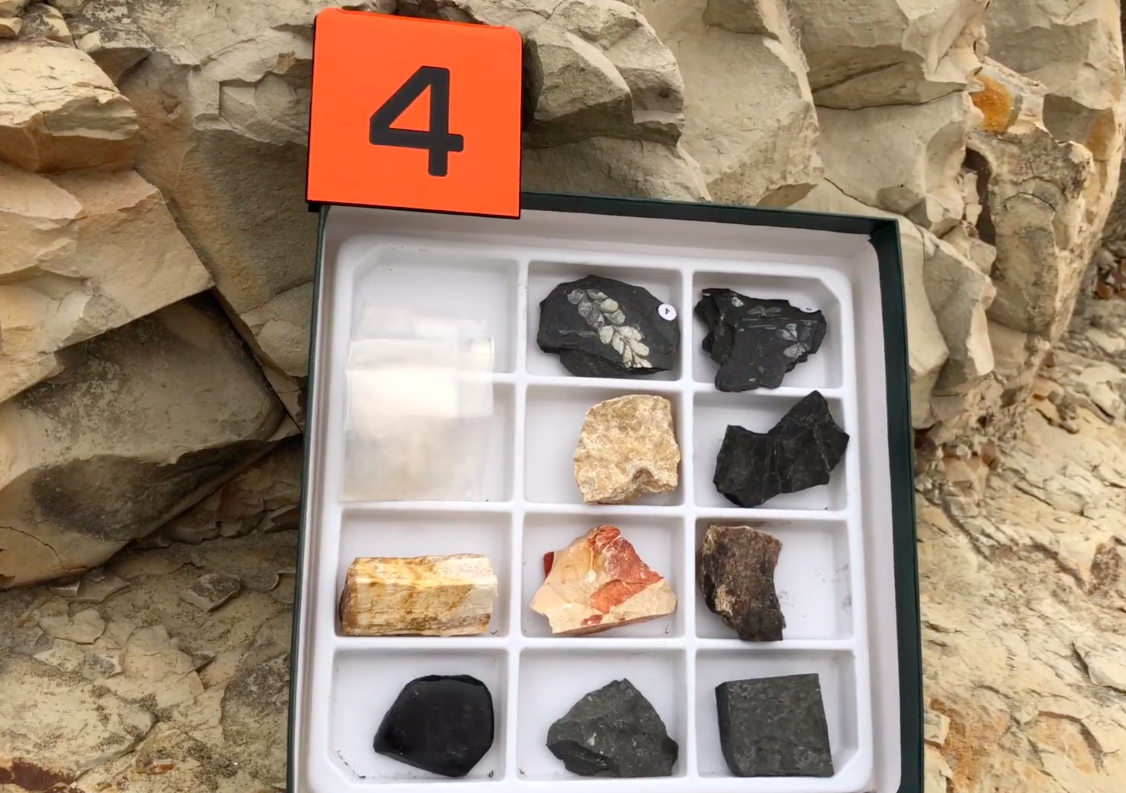
Fossils Objectives
-
Demonstrate how a fossil forms and explain the types of information that can be determined from fossil evidence.
-
Explain what a living fossil is and how the rate of change can vary in different species over time.
Science is limited to observable phenomena, meaning there needs to be direct or indirect evidence that something has occurred. In the case of the distant past, far before human recorded history, layers of rock and the fossils they contain are the primary evidence of life.
In some cases, the fossil evidence is limited, as in the case of this armored dinosaur. No fully intact specimen has been found, even though it may have been one of the last non-avian dinosaurs in North America.
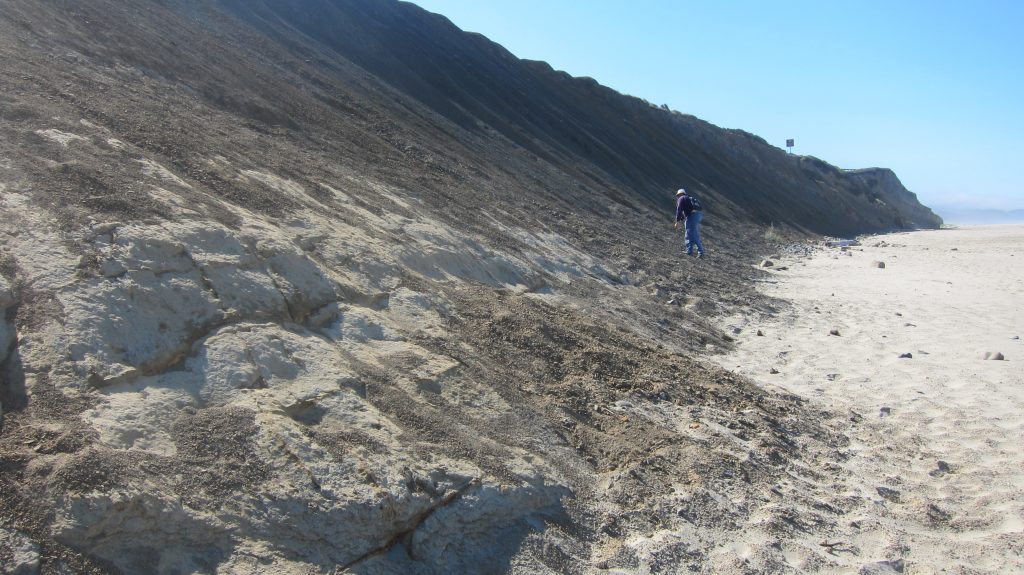
Just north of Newport, Oregon is Beverly Beach, a state park know for overnight camping and one of the easiest to access fossil beds we’ve ever seen.
The fossils are on an eroding cliffside under highway 101, and are continually exposed by wind, rain, and occasional high waves.
Note: always check to see if collecting is legal in a particular location and wear eye protection if extracting fossils from rock.
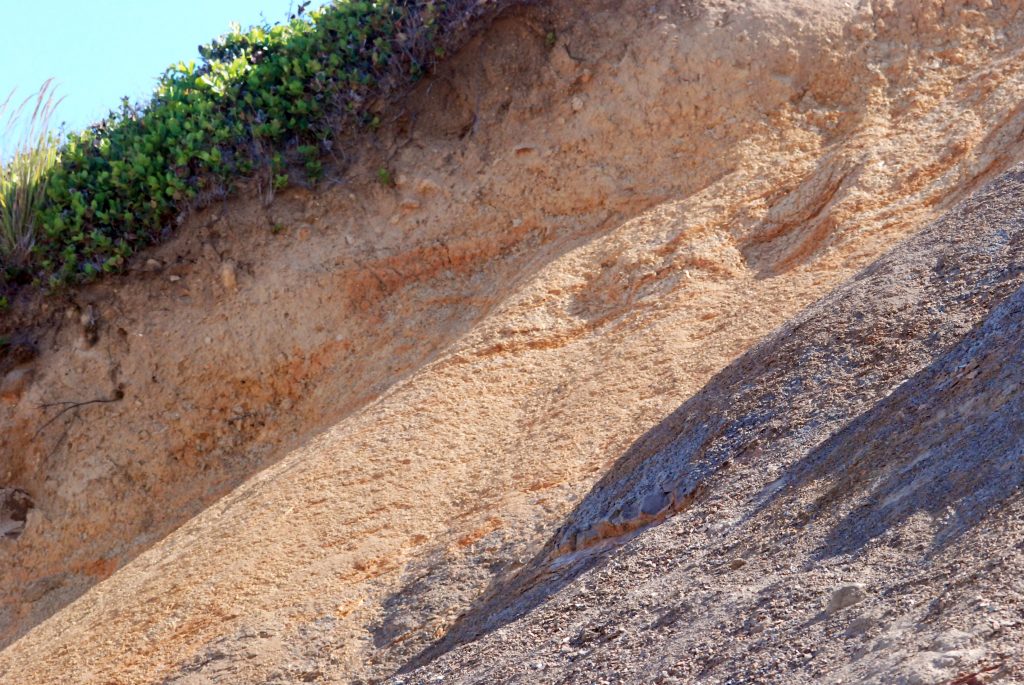
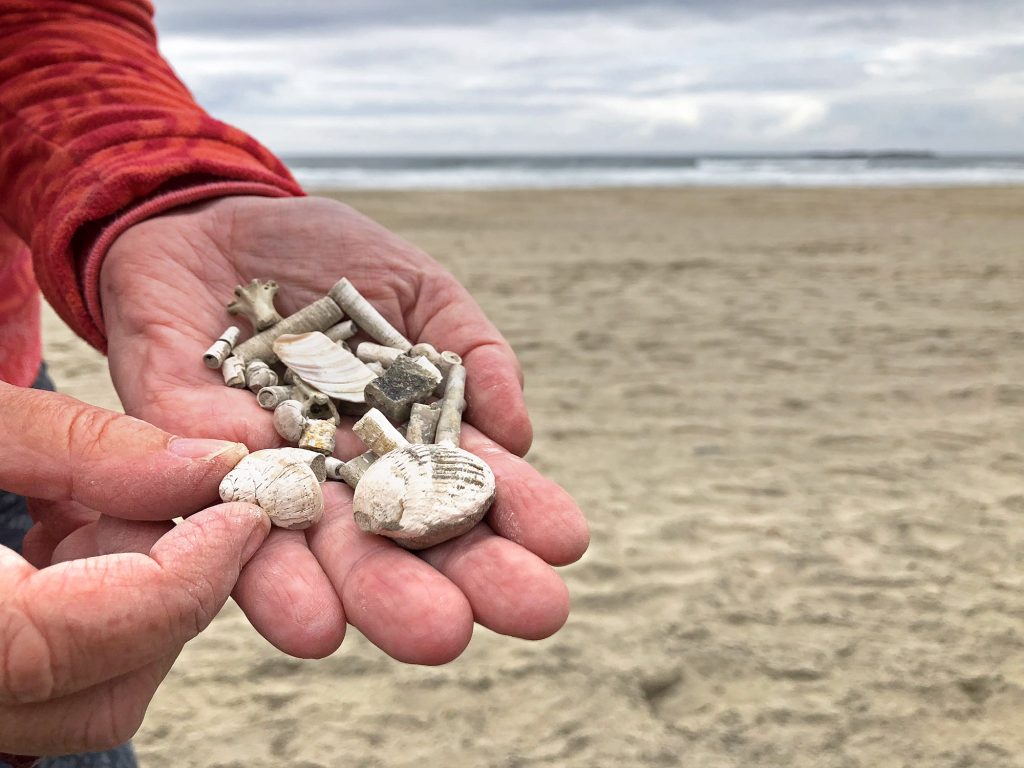
The formation dates to approximately 15 million years ago, and was ocean bottom, so there are fossilized mollusk shells, especially clams and snails.
These are fossils we found eroded off of the cliff face.
This video shows the parts of organisms that fossilize, using store-bought fossil collections.
Since most organisms are microscopic, microfossils are an area of active research into the past.
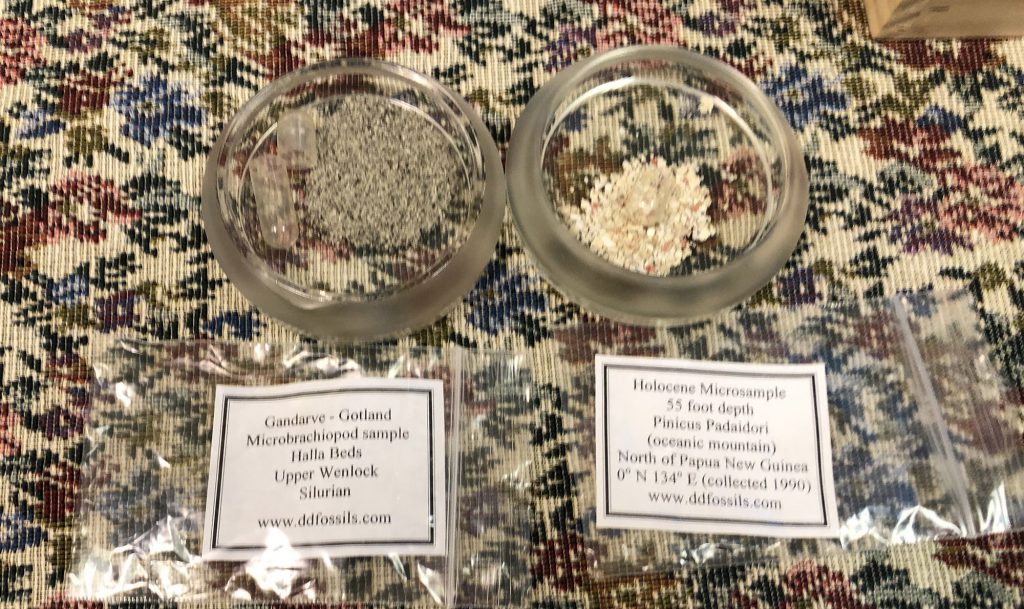
This is our latest batch of microfossils, collected by enthusiasts from beaches and rock formations around the world.
We poured the sample vials and capsules into a glass dish and viewed them at 4x to 40x magnification.
The different “sands” are made up of small rocks and microfossils.
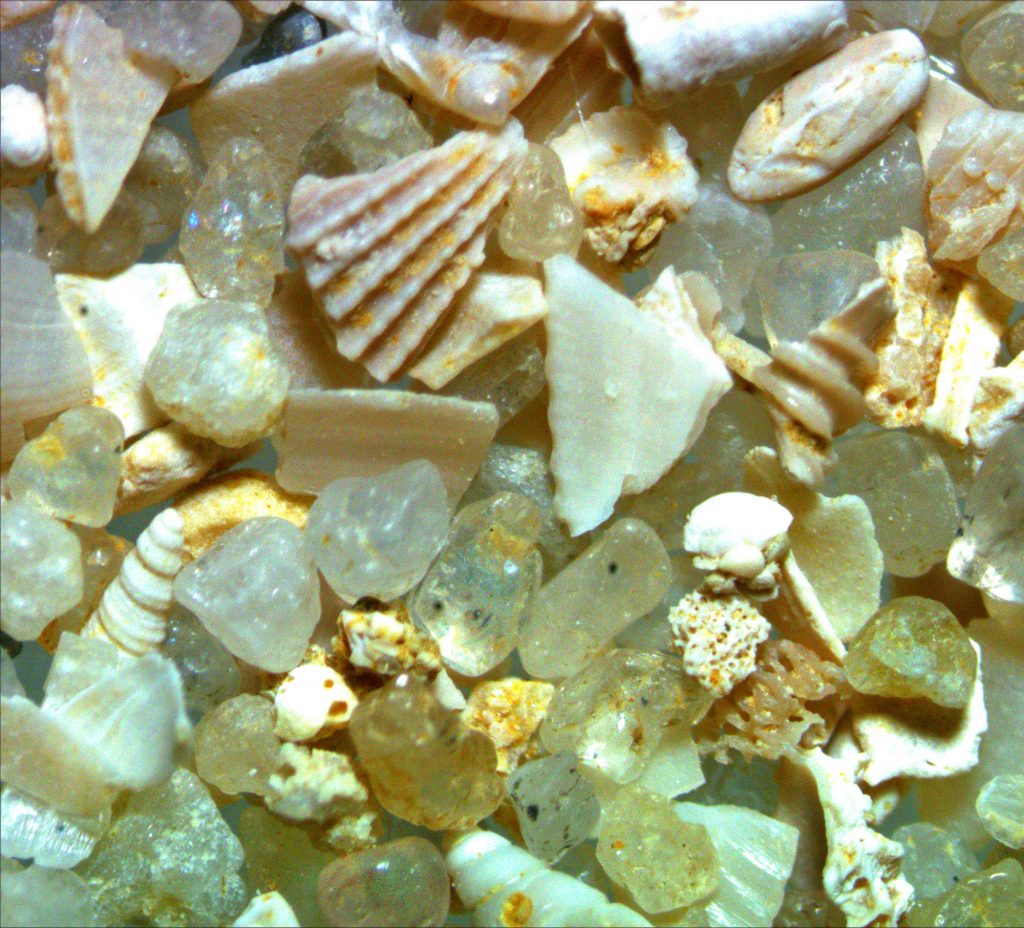
15x
Fossilized shells of the Eocene, collected from the Calcaire limestone beds of Damery, France
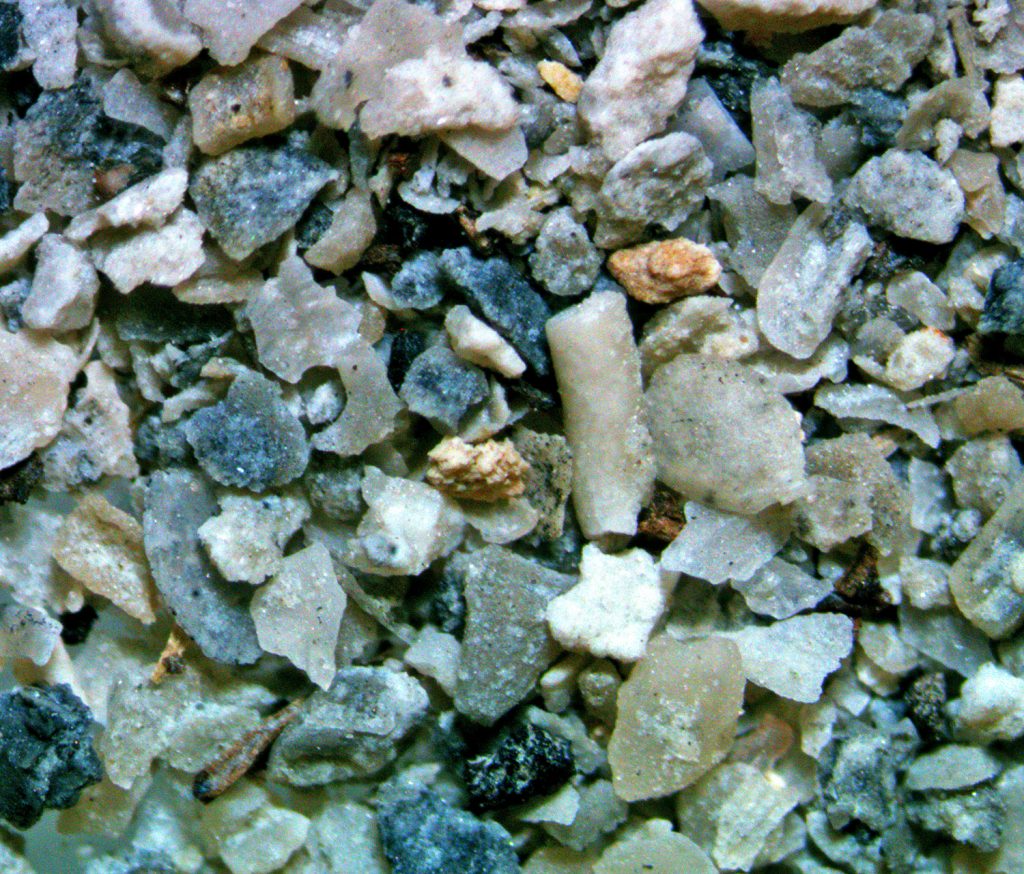
15x
Gray microbrachiopod pieces are scattered within this Silurian Era sample from the Halla Beds of Gotland, Sweden.
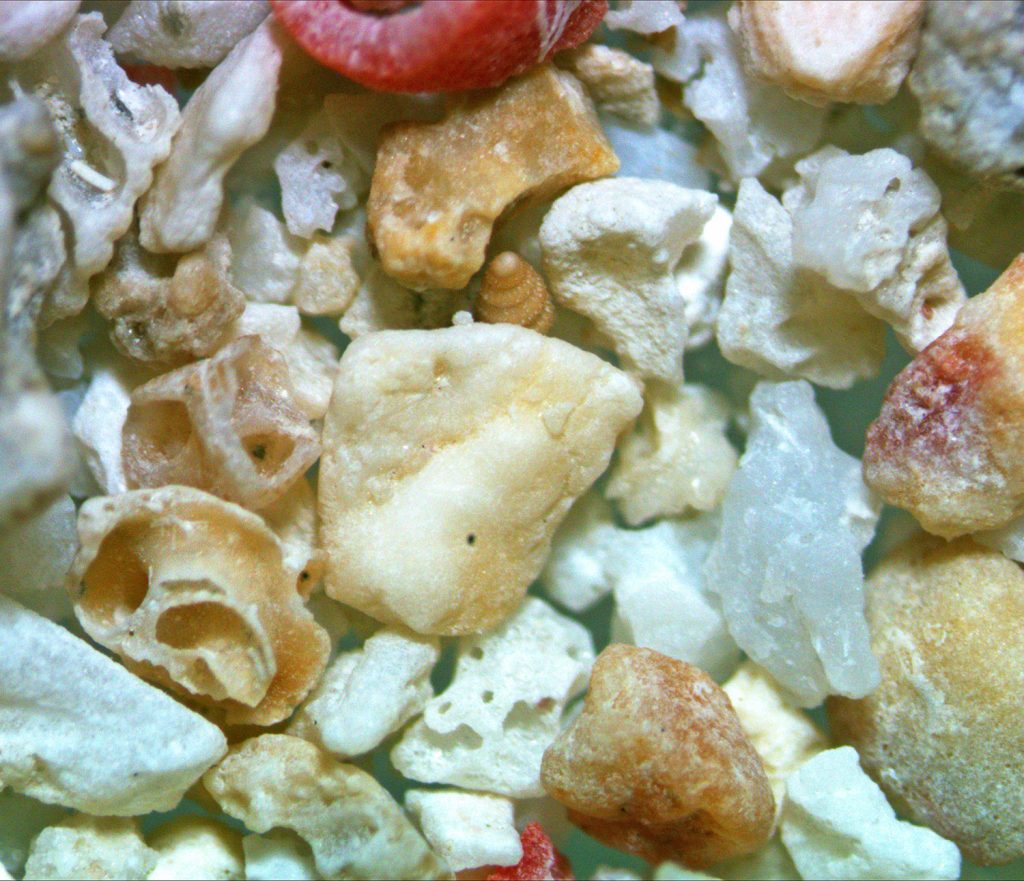
17x
Agates and broken shells of the Holocene in an eroded mountain sample from Papau, New Guinea
Living Fossils
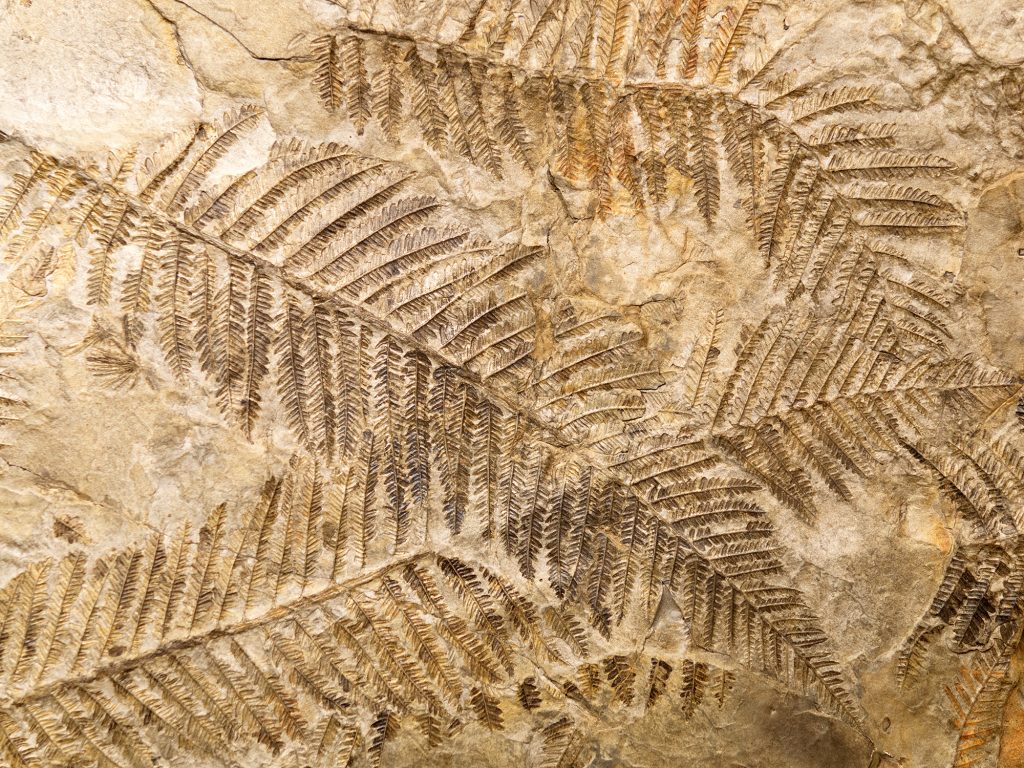
You can imagine how astonishing it would be to dig deep into the Earth and find a fossil from millions of years ago that appears strikingly similar to a species alive on Earth today. These “living fossils” are living species that are phenotypically similar to their long extinct ancestors.
This video introduces living fossils.
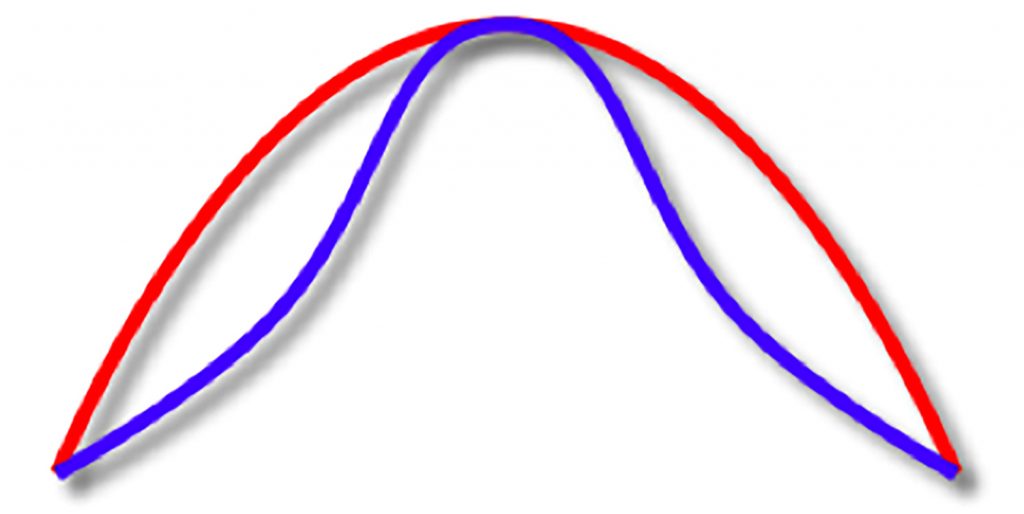
You may be wondering how a group of species could stay similar over long periods of time. One idea is “stabilizing selection,” that similar traits survive in each generation, instead of extreme traits. This make sense if habitats remain relatively unchanged over time.
In habitats with rapid changes in environmental conditions, “disruptive selection,” or survival of individuals with extremely different traits, may be favored.
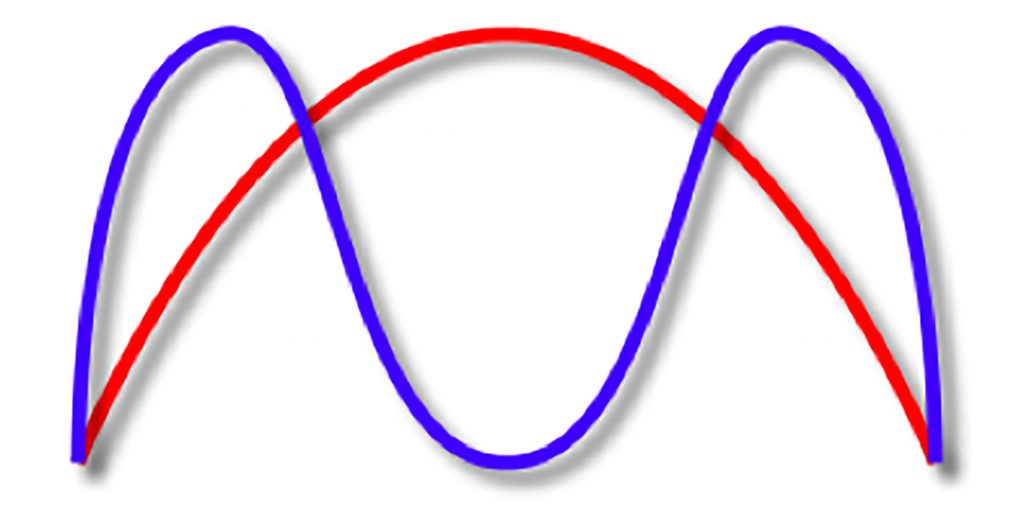
Sturgeon fish are “living fossils,” with similar extinct species 200 million years back in time.
Even though living fossil species are alive on Earth today, in some cases they were more plentiful in the past. Crinoids are echinoderm living fossils that were more common in ancient oceans.
You can actually raise your own living fossil species with Triops eggs. Extant triops species look remarkably similar to fossilized specimens from 300 million years ago.
This is the update on our triops. Triops longicaudatus is popular as a pet because it is relatively easy to hatch out, can grow quite large, and live up to three months.
This is the end of Guide 7A. The next step is to take the quiz on Canvas and upload your Media Piece. Please proceed to the product page.

Check your knowledge. Can you:
-
demonstrate how a fossil forms and explain the types of information that can be determined from fossil evidence?
-
explain what a “living fossil” is and how the rate of change can vary in different species over time?



